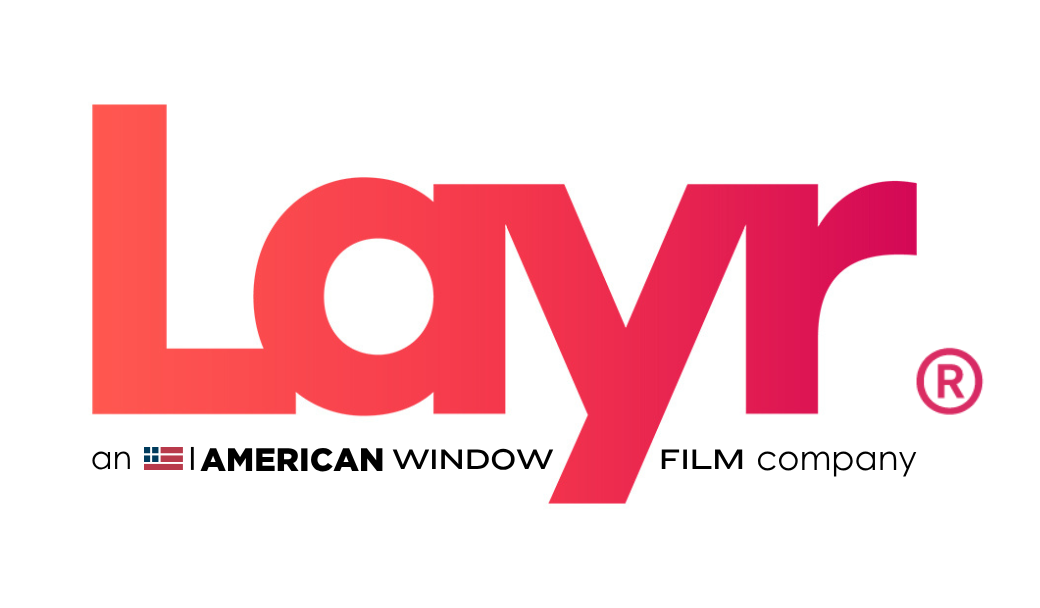What’s the matter with my glass?
The glass is the weakest and least efficient component of a building envelope.
Despite representing only ~12% of an average building’s square footage, glass doors and windows can account for more than 30% of a building’s energy usage. These inefficiencies are felt through hotspots or drafty windows. They are seen through glare or fade.
To understand how your windows are effectively costing you or your business, let’s look into how solar energy and winter cold wreak havoc on your home’s climate.
The solar spectrum and solar energy
The sun is a massive ball of fusion reactions, which generate the solar energy that we feel here on earth. The sun’s energy is expressed through the solar spectrum, which is divided into three distinct bands, each with different characteristics – they are:
- Ultra-Violet (UV) Light – spans from 100 to 400 nanometers (“nm”). While only contributing a modest 3% of solar heat, UV rays are dangerous; they are the leading cause of skin cancer and fade.
- Visible Light – spans from 380 to 780 nm. Visible light is seen by the naked eye and the sun’s strongest output range. Visible light contributes ~44% of solar energy and is best addressed through dark, reflective films or coatings.
- Infrared Light – infrared light, while invisible, is particularly hot and uncomfortable, contributing a whopping 53% of solar energy. Modern companies can use ‘spectral targeting’ to block out the bad (UV, heat, fade) and let in the good (natural sunlight).
Window film installers consider the solar spectrum when they are considering what special qualities of window film would work best in specific buildings.
Winter Weather
When it comes to winter weather, we want to retain as much heat as possible, as opposed to rejecting the sun’s energy. Winter energy efficiency deals with insulation of radiant heat.
As research has advanced, 3M has developed films with unique insulating characteristics. These films work through low-emissivity (Low-E) coatings, which help to keep radiant heat inside and minimize leakage. There are several reflective, and even some ‘invisible’ window films, including 3M’s patented Thinsulate product.
Windows and Energy
In a nutshell, we want to reject solar energy during the summer and insulate during the winter. Manage the peaks and valleys. Give your HVAC a break.
How do top-notch manufacturers like Andersen, Pella, and 3M do this? Patented, modern technology allows for efficient spectral-targeting, to reduce energy leakage into and out of a building.
Both low-e windows and window films function well, it’s just a matter of solving a specific need and budget. If your windows and frames are old and leaky, then you’re probably going to want a whole new set of windows. If you’re looking for a retrofit upgrade to improve energy efficiency and comfort at a discount, you’re going to be excited by window film.
Real-World Example
The actual energy savings that a customer will realize are a function of (i) the type of glass, (ii) the ratio of glass to surface area, (iii) the type and efficiency of the HVAC system, (iv) the type of film and, of course, (v) the location of a home.
Indeed, this is complicated but let’s walk through a real-world example.
We have a normal home with single-paned, ¼” annealed glass in Long Island. We want to reduce fade, hot spots, and reduce draftiness during the winter. This calls for an all-weather solution like 3M’s Low-E Thinsulate product, which would:
- Block 99.9% of dangerous UV light
- Block only 26% of visible light
- Reduce fade by ~58%
- Reject 47% of the sun’s energy
- Reduce winter heat loss by ~40%
Let’s assume that energy bills during the summer and winter are equally balanced.
Our next step is to analyze what this means for our energy usage. If we estimate ~30% of the home’s energy flowing through windows, our energy usage is reduced by 13% the moment film goes on the glass
Relative to an annual energy spend of ~$1,600, we’re saving $205 annually. Other related savings include:
- Protection of furniture, flooring, and paintings
- Less strain on HVAC systems
- Significant savings relative to alternative products like replacement windows, which can run $16,000 to $20,000 per home. (Our mystery shopping has shown Layr to be about 30% of the cost of replacement windows.)
Want to reduce your energy footprint and start saving money today? Give us a call to learn more.

